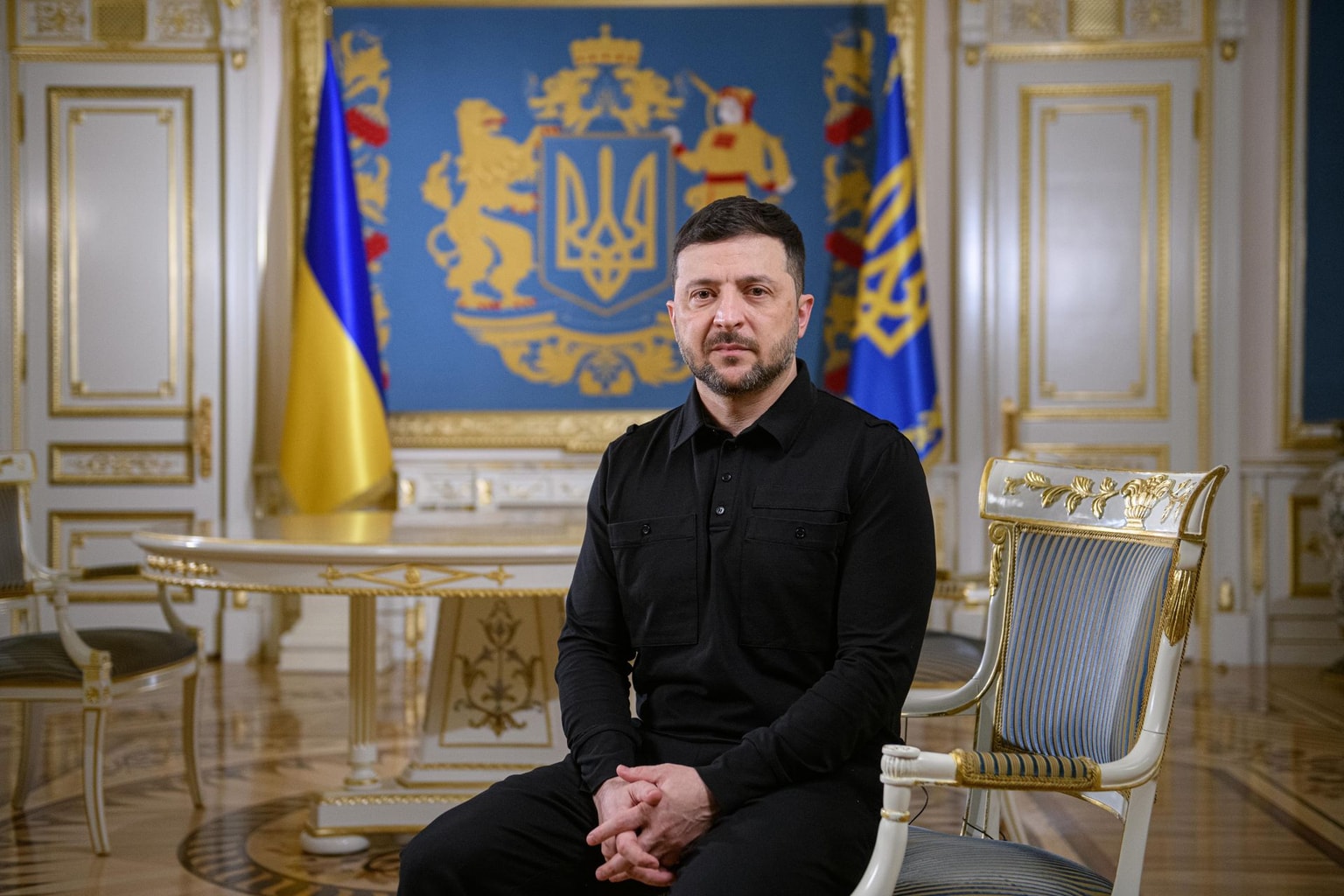
As mysterious drone sightings increase, this is what Russia has to gain from them
Munich International Airport on early Oct. 4, 2025, after reports of drone sightings again forced Munich airport to close (Michaela Stache/AFP via Getty Images)
A series of drone sightings across NATO countries is beginning to look like a broader, coordinated campaign with suspicion increasingly falling on Russia as the culprit.
"All these drones are flying over strategic or military sites which clearly suggests this is not just random hooliganism, but deliberate and coordinated actions," Ivan Stupak, a military expert and former officer with Ukraine’s Security Service (SBU), told the Kyiv Independent.
Over the last few weeks, drones have violated the airspace of at least eight European countries. The wave began with 19 drones crossing into Polish territory in early September.
Since then, other incidents have been reported in Denmark, Lithuania, Finland, Estonia, Romania, Germany, with the latest in Belgium, in some cases triggering airspace closures and flight delays.
In Denmark, drones were spotted near multiple military installations, including the Karup Air Base. One incident forced the shutdown of Aalborg Airport for nearly an hour. Similar scenes unfolded across Germany and Lithuania, where three drones near Vilnius airport caused delays to several flights.
In Finland, a drone flew over a power plant in Rovaniemi. Danish officials even considered invoking NATO’s Article 4, a clause used when a member feels its territorial integrity is under threat.
Most of these drones have appeared in or around sensitive infrastructure: airports, energy sites, or military bases. That, analysts say, suggests intent rather than coincidence.
Not all European governments have formally attributed the drone incursions to Russia. Danish Defense Minister Troels Lund Poulsen said there is currently "no evidence" directly linking Moscow to the incidents. But the scale and targeting of the operations show that it may be part of a larger pattern.
"We have to be careful not to ascribe simple coincidence or mischief-making by lone actors to a Russian strategy," Michael Clarke, a British academic specialising in defence studies, professor at King’s College London, and former director of the Royal United Services Institute (RUSI), told the Kyiv Independent.
"But all this is at least consistent with Russian strategic approaches to use all instruments simultaneously against the Kremlin’s adversaries."
The lack of progress this week on the "drone wall" initiative in Copenhagen shows that Europe is clearly alarmed, but is yet not ready to act — and Russia appears to be taking advantage.
Experts say this kind of ambiguous, low-level harassment fits neatly into hybrid, "sub-threshold" warfare — hostile acts that stop short of open conflict but aim to disrupt, intimidate, or test an adversary’s responses.
"Some of what we’ve seen is almost certainly Moscow-inspired or directed. Some of it may not be. Either way, the Russians will feel they are getting the benefit of creating disquiet among western policy-makers and the wider public," Clarke said.

Why would Russia fly drones over Europe?
On the surface, the drone flights across Europe may look like nuisance operations and seem harmless despite being disruptive. But they may also serve more sinister purposes.
Stupak believes reconnaissance is one of them. Satellites can be limited by factors such as weather conditions, but low-flying drones equipped with cameras can collect sharp, real-time imagery of military sites, training grounds, or other infrastructure.
“It’s like Google Maps but in real-time and with high resolution," he said. "They fly over bases, (military) exercises, platforms, and all of it gets recorded."
Beyond mapping, Stupak suggests these drones could be monitoring industrial activity, especially factories and rail routes tied to military production or aid for Ukraine.
Some might even be observing how and when equipment is being prepared or shipped. And even when no sensitive information is gathered, the very act of triggering airport closures and rerouting flights causes economic damage and public frustration.
"It’s about disrupting life, testing unity, causing delays, making people complain," Stupak said.
If that sounds familiar, it's a tactic that Ukraine itself has employed over the course of the year, shutting down Russian airports on a regular basis.
Clarke added that such operations by Russia also have a political significance. First, they may be designed to pressure NATO governments to scale back their support for Ukraine.
They also give Russia a way to gauge how different allies respond, and whether unity between the U.S. and Europe is starting to weaken.
"It’s a way of testing how differently the U.S. responds to these incidents compared to the Europeans — showing that the transatlantic link is fraying," he said.
"It's also an attempt to ‘normalise’ this sort of hybrid warfare so that Western governments dial down their reactions over time."
Ben Hodges, the former commander of U.S. Army forces in Europe, also believes the goal is also to probe NATO limits.
"They’re testing our resolve, but also our procedures. So until we start inflicting consequences on them, they’re just going to keep doing this."











